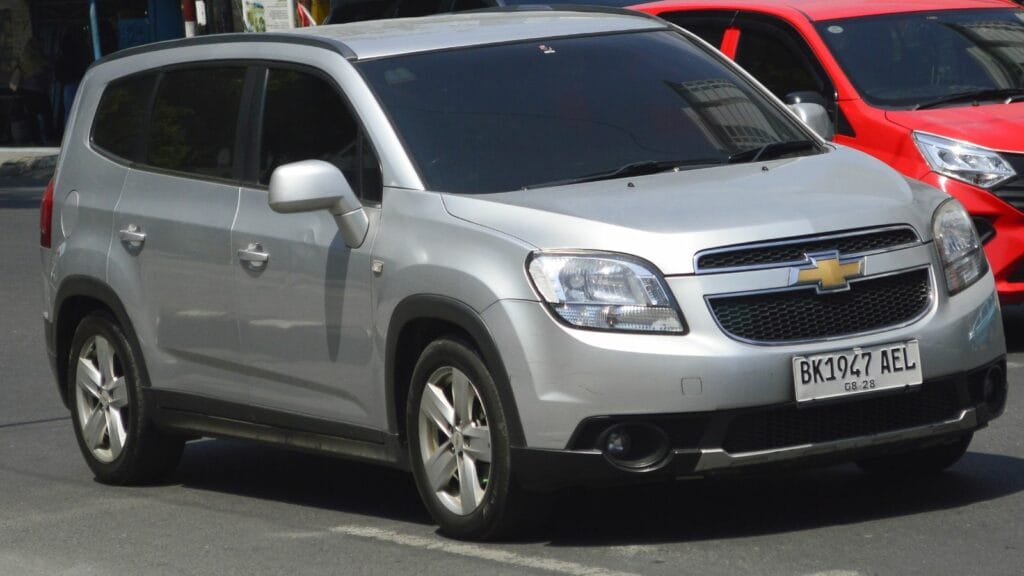Whether it’s battling icy winters or going on those long Prairie drives, the Great White North demands durability. Yet, some cars rolled onto Canadian driveways with grand promises of endurance, only to cough, sputter, and face an early automotive retirement. Here are 17 cars that Canadians thought would go the distance but ended up in the scrapyard of dreams.
Dodge Journey (2009–2020)
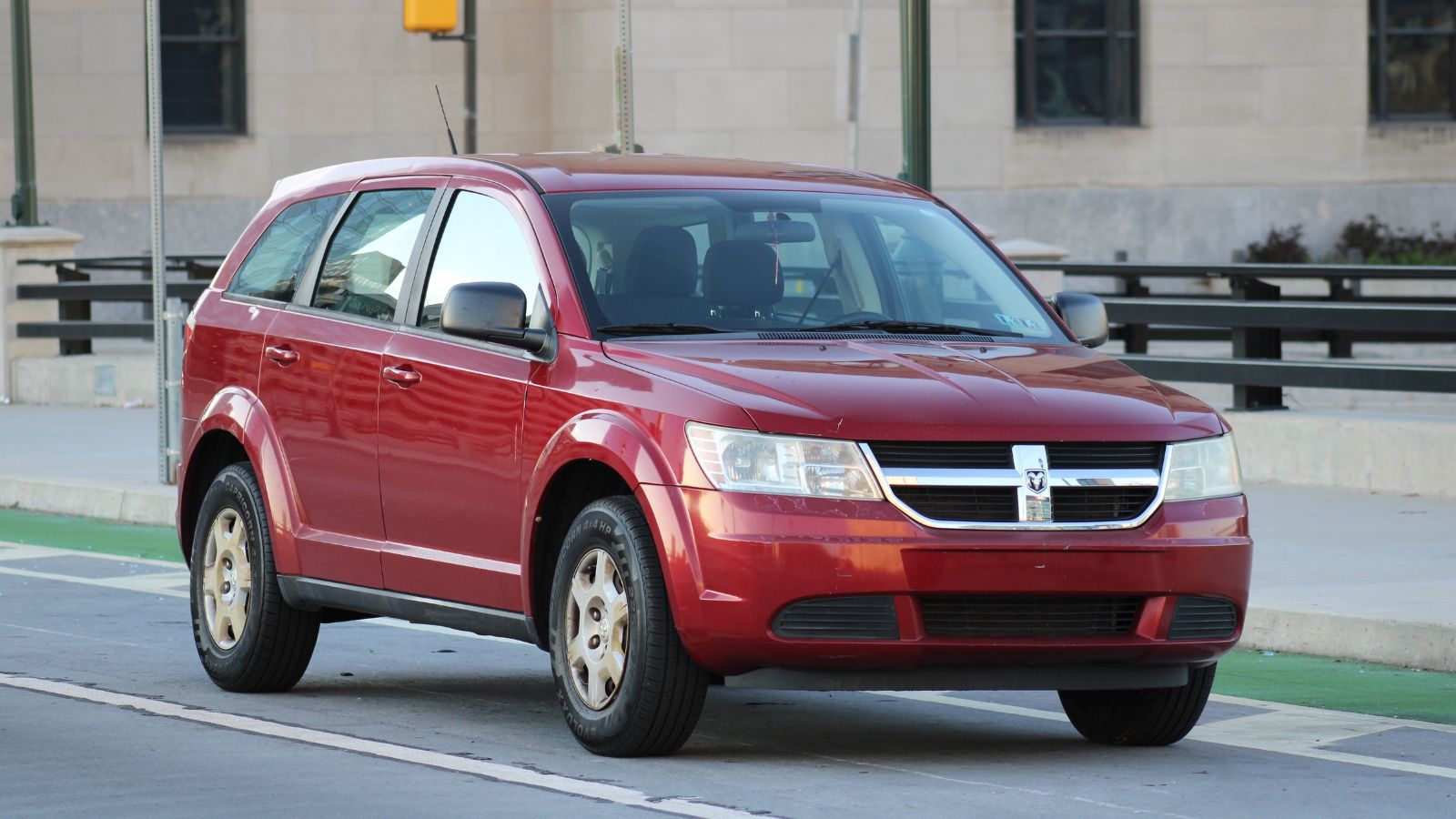
On paper, the Dodge Journey was the Swiss Army knife of family haulers: affordable, spacious, and pretending to be an SUV. But reality hit like a pothole in February. Canadians soon discovered its outdated tech, underpowered base engine, and transmission that aged like unrefrigerated milk. Rust issues and quality complaints piled up faster than snow in Yellowknife. Most expected it to be a decade-long family ride; instead, it became a lease-return regular.
Chevrolet Aveo (2004–2011)
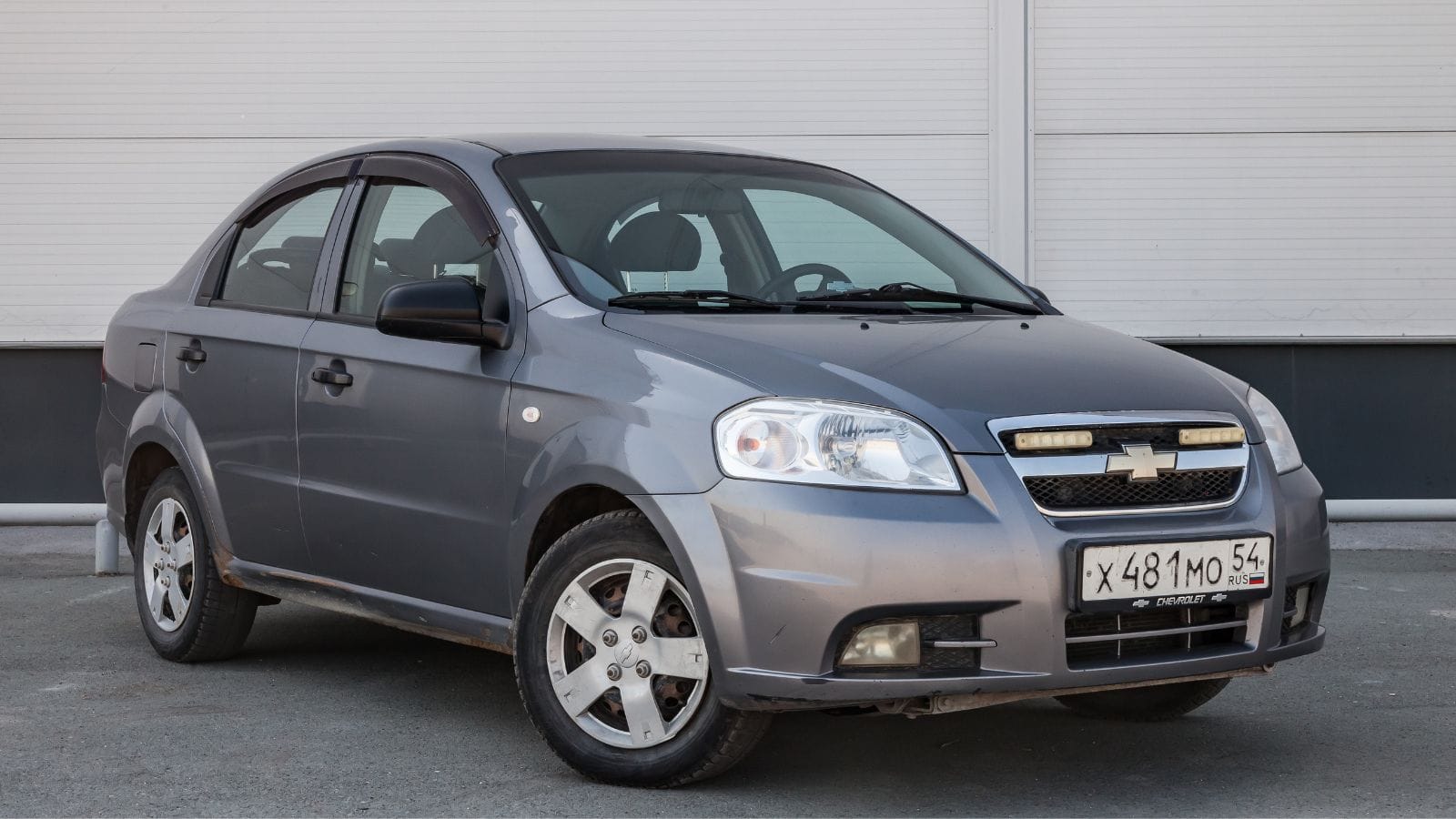
This compact Chevy arrived promising budget reliability. Built by GM-Daewoo in South Korea, it suffered from poor build quality, lackluster crash test scores (earning just 2 stars in side-impact testing from the NHTSA), and chronic reliability issues. Common complaints included timing belt failures (which could kill the engine if not replaced early), weak suspension components, and poor corrosion resistance, particularly deadly in salt-soaked Canadian winters. Despite initial love, many Aveos didn’t survive beyond 150,000 km without major repairs.
Ford Freestar (2004–2007)
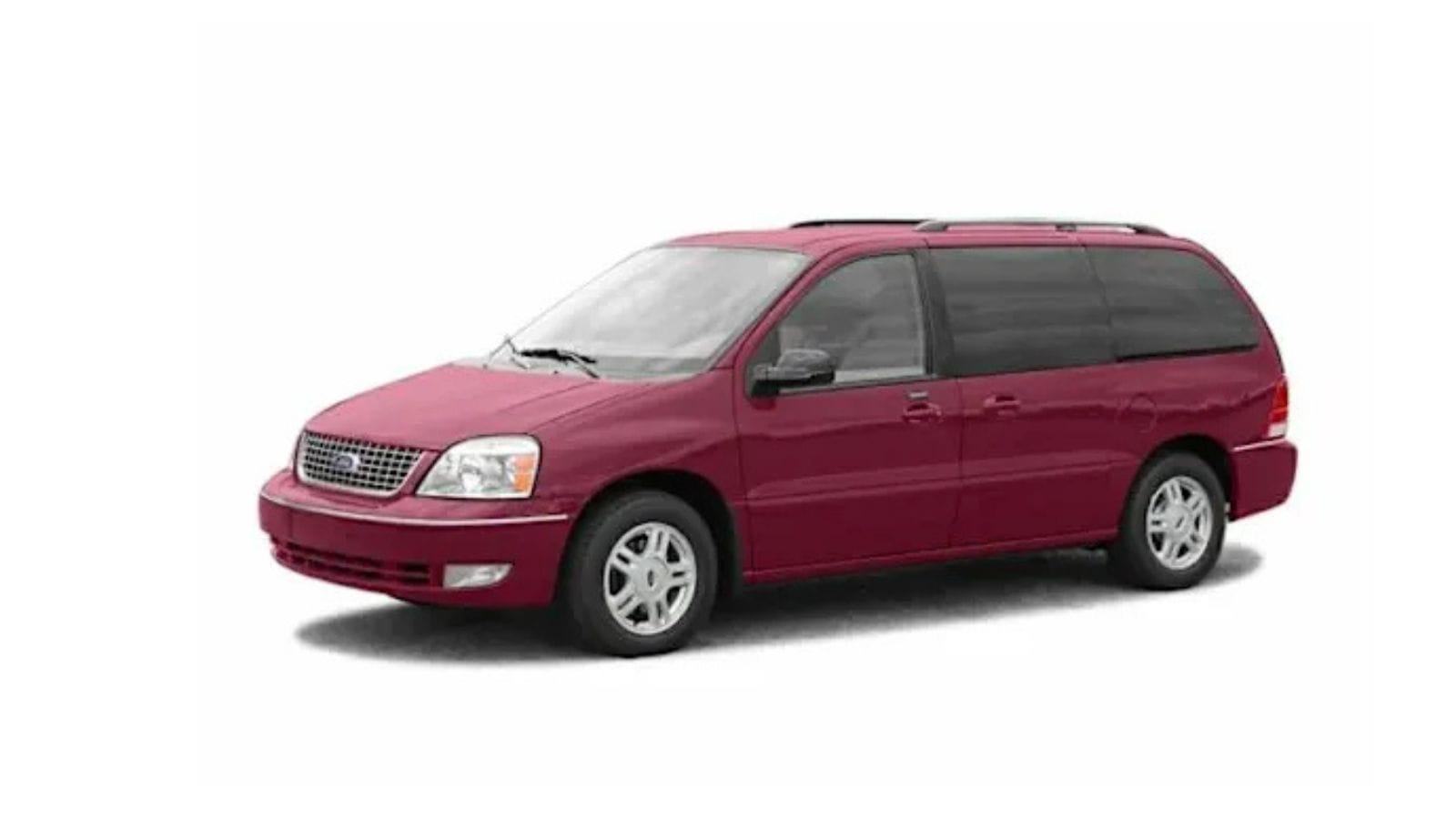
Ford attempted to keep the minivan flame alive with the Freestar. Canadians initially welcomed it for its spacious interior, optional rear-seat DVD system, and 4.2L V6 engine that promised muscle for hauling kids and hockey gear. Unfortunately, the Freestar quickly earned a reputation for mechanical unreliability, particularly due to its notoriously fragile transmission, which often failed before 100,000 km. By 2010, Ford had issued recalls related to water intrusion into the powertrain control module—basically, the minivan could short-circuit during a rainstorm.
Hyundai Veracruz (2007–2012)
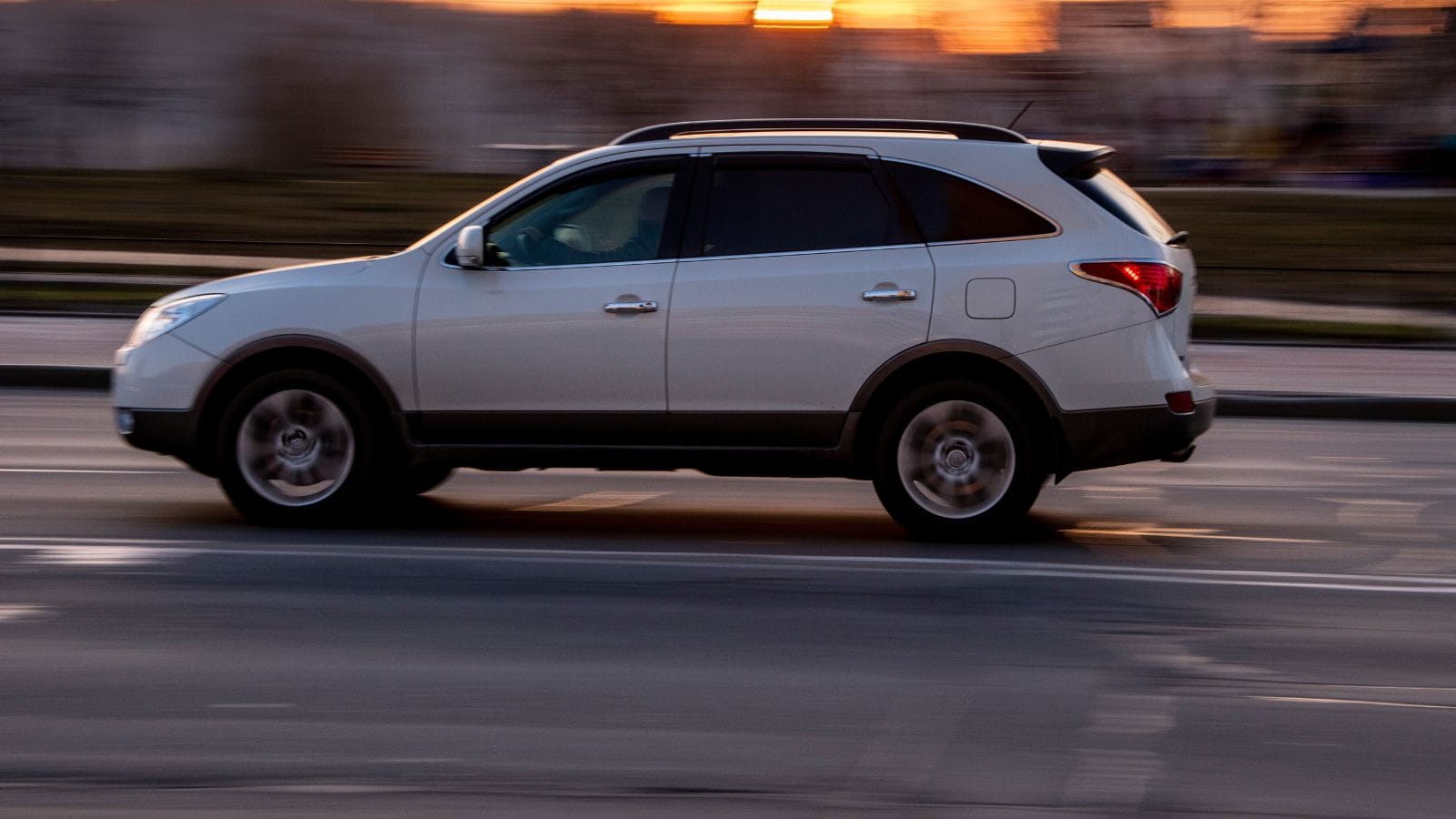
When Hyundai tried to go upscale, the Veracruz was their hopeful shot. But despite its plush aspirations, the Veracruz quickly fell out of favor. One major issue was its poor brand positioning. Hyundai hadn’t yet earned the premium credibility necessary to justify a nearly $50,000 price tag on its upper trims. Reliability was middling as well: complaints about transmission problems, electrical glitches, and interior trim wear surfaced as the miles accumulated. And then came the axe when Hyundai discontinued it quietly in 2012, with no direct replacement until the larger Palisade arrived much later.
Pontiac Aztek (2001–2005)
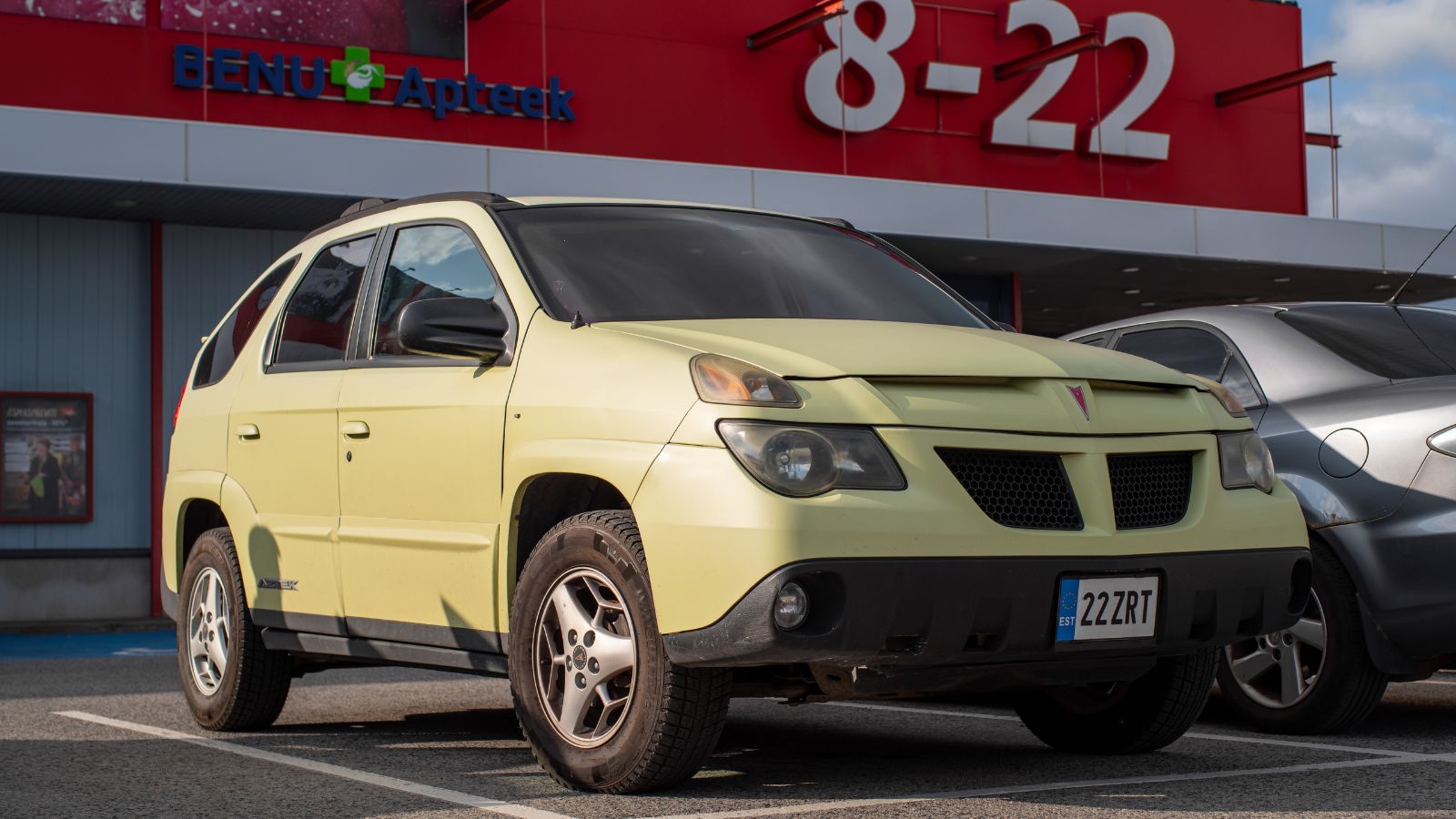
Before it was cool on Breaking Bad, the Aztek was an automotive punchline. Canadians were curious, even optimistic—look at all that cargo space! But soon, reality set in: it was a weird-looking, underpowered, and under-assembled vehicle. According to GM sales data, fewer than 28,000 Azteks were sold in Canada, many of which now haunt Kijiji listings. GM pulled the plug, and the Aztek went from futuristic to fossil in no time.
Nissan Quest (2004–2009)
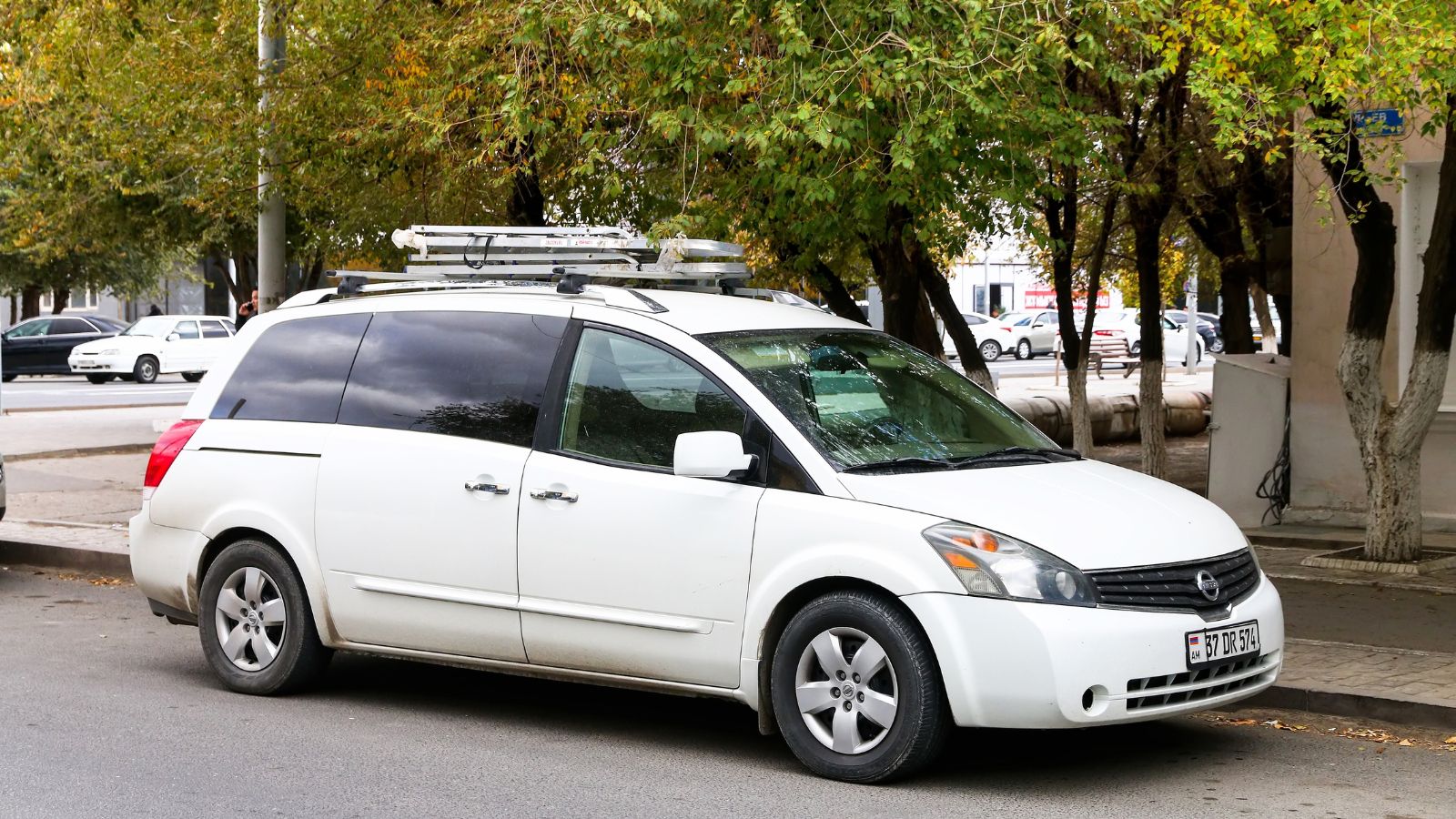
The third-gen Quest was a minivan trying to be a spaceship. Canadians were initially drawn to its bold design, spacious interior, and tech-forward features, such as the optional DVD entertainment system and power sliding doors. However, the dream quickly unraveled. Build quality was inconsistent, particularly with interior materials that wore out more quickly than expected. The 3.5L V6 engine was solid on paper but plagued by transmission issues, especially in the earlier models. Additionally, the sliding doors frequently malfunctioned, and the center-mounted instrument cluster often left drivers feeling disoriented.
Saturn Vue (2002–2009)
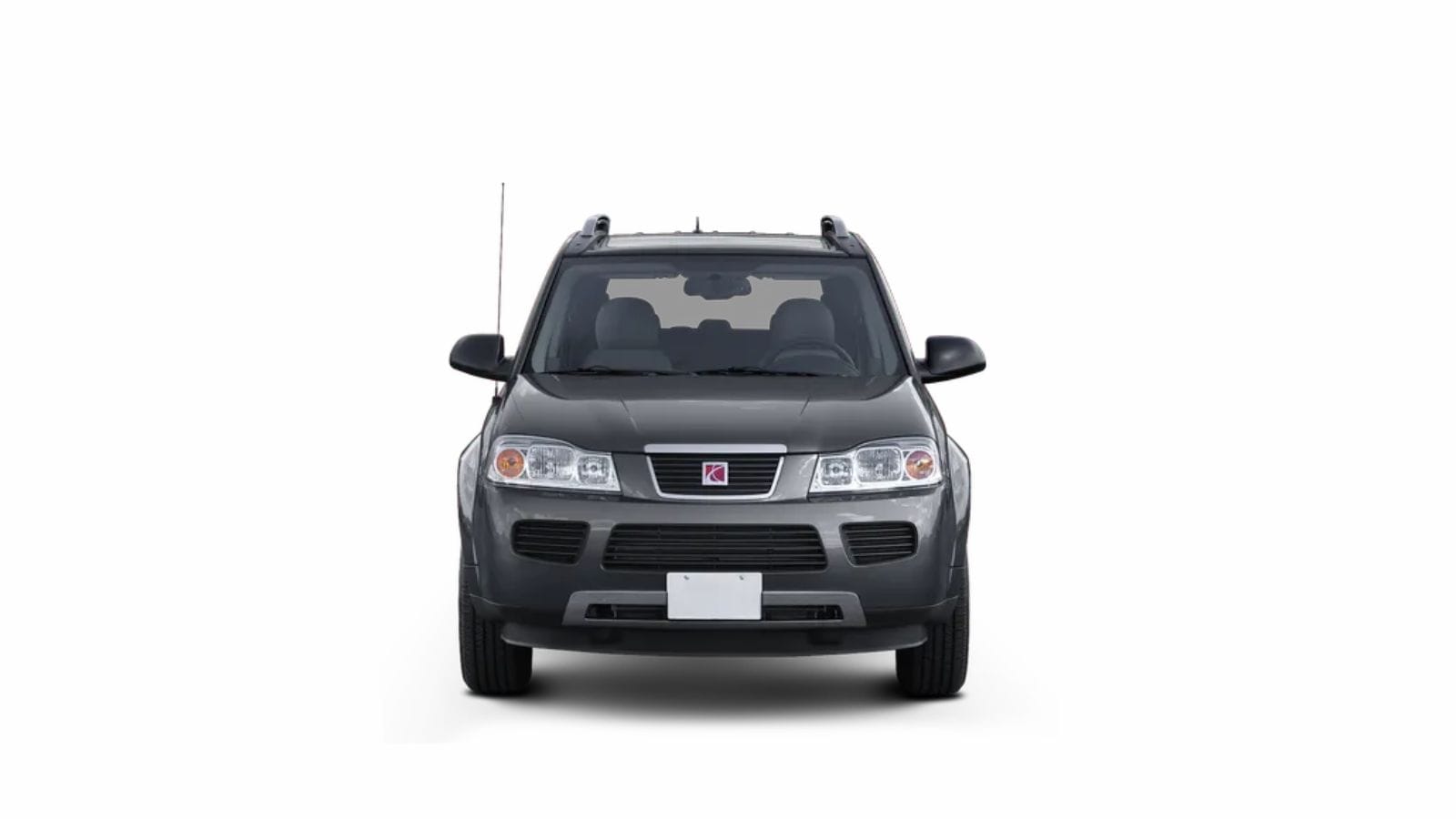
Saturn had loyal fans in Canada—until the Vue shattered those bonds. The early CVT (continuously variable transmission) was notoriously fragile, often failing before hitting 100,000 km, leading to class-action lawsuits and costly repairs. Even the otherwise dependable Honda V6 couldn’t save the Vue from mounting quality concerns, poor resale value, and GM’s broader brand shakeup. When Saturn was axed during GM’s 2009 bankruptcy restructuring, the Vue vanished with it.
Jeep Liberty (2002–2012)
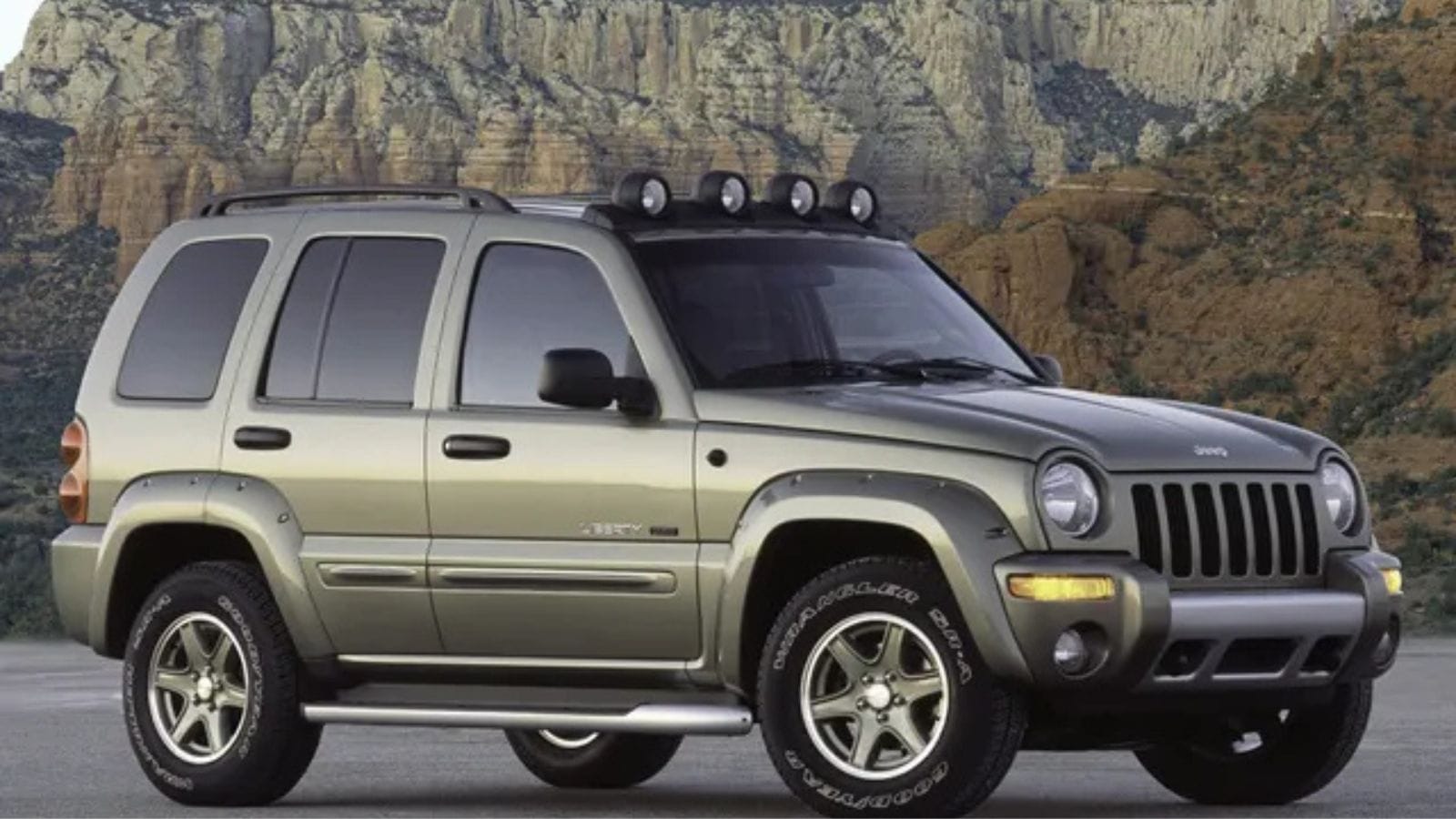
The Jeep Liberty (2002–2012) rolled into Canadian driveways promising rugged charm, off-road bravado, and “forever” loyalty. Marketed as the spiritual successor to the Cherokee, the Liberty’s boxy appeal and Trail Rated badge had Canadians dreaming of Rocky Mountain adventures. Instead, they got a front-row seat to ball joint failures, flaky window regulators, and 3.7L V6 engines thirstier than a moose in July. Rust consumed the undercarriage quickly, and the transmission often felt like it needed repair.
Suzuki Forenza (2004–2008)
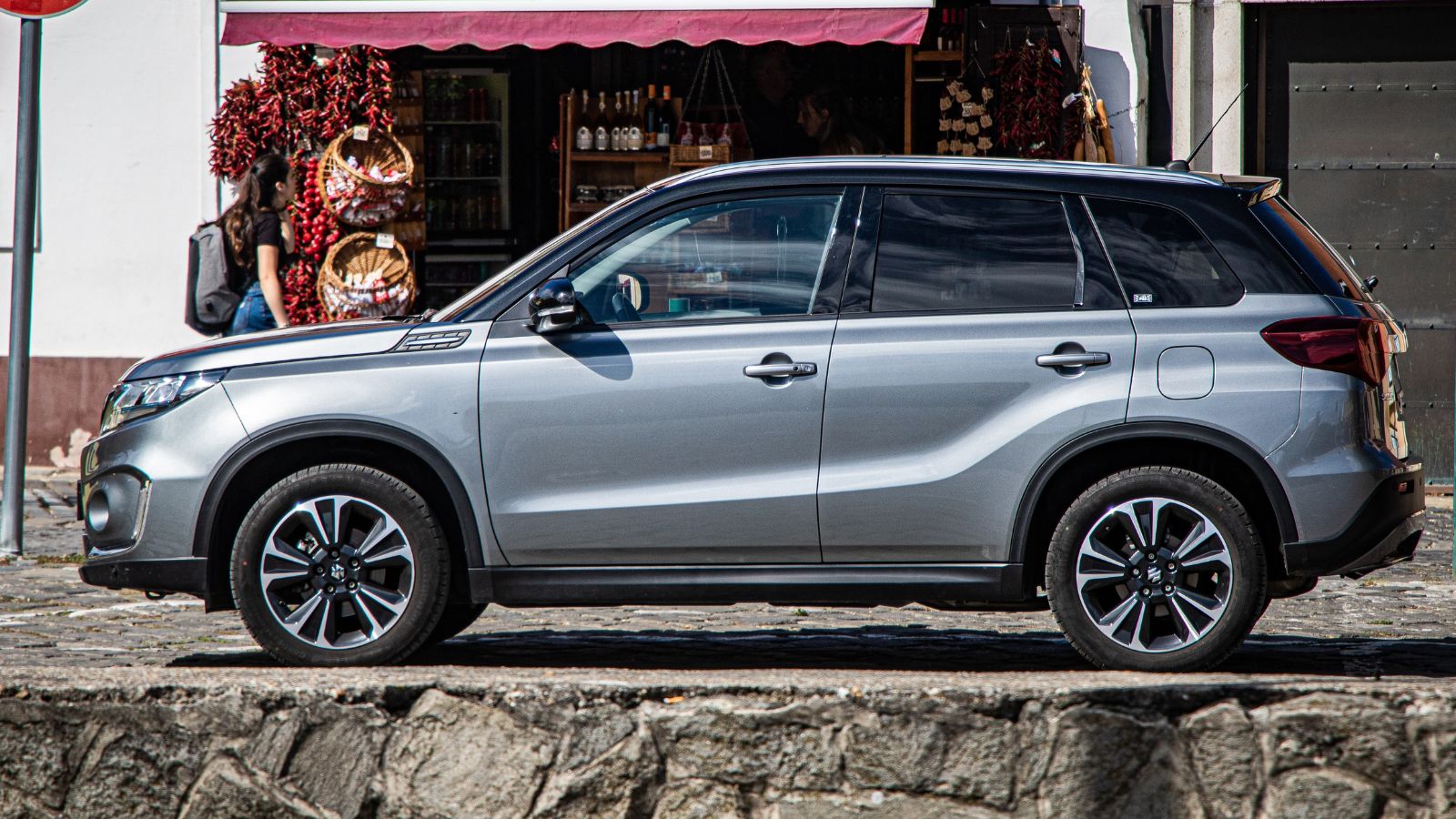
Marketed as a budget-friendly compact sedan with Euro flair (thanks to Daewoo’s design input), the Forenza promised everything: affordability, reliability, and even faux sophistication. Canadians bought in, picturing years of smooth driving and polite fuel bills. Instead, they got electrical gremlins, transmission tantrums, and engines that aged like unrefrigerated milk. Consumer Reports called it “lackluster,” and the NHTSA danced a recall two-step for everything from headlamp failure to powertrain faults. Additionally, parts became a wild goose chase after 2009, when Suzuki packed up and left North America.
Chrysler Sebring (2001–2010)
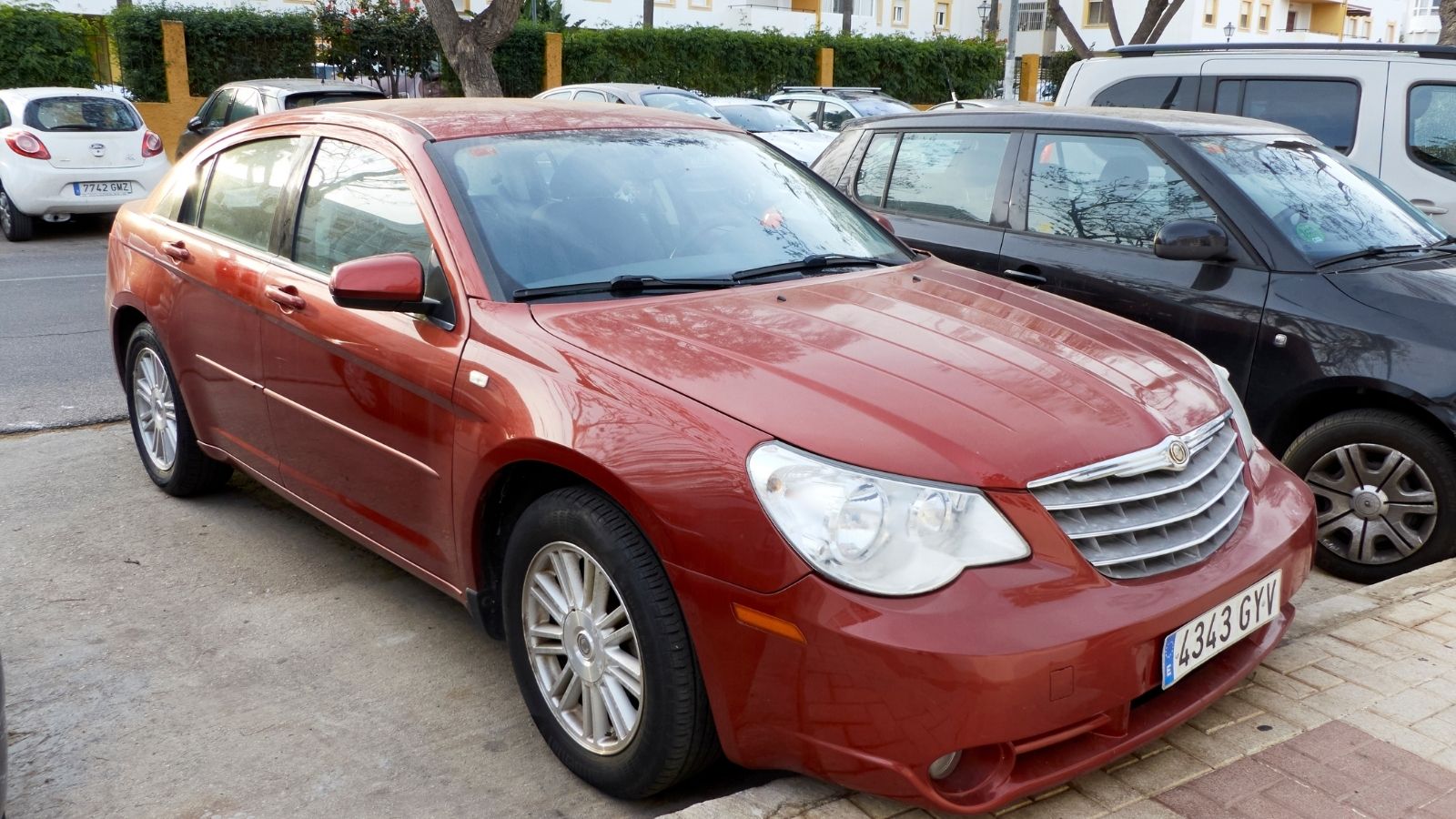
The Sebring looked decent and came with convertible dreams, but mechanical issues, poor reliability, and uncomfortable interiors made it a disappointment. Transmission woes were frequent, and electrical gremlins would randomly kill the dash or windows—classic Sebring behavior. Rust? Let’s say Ontario salt loved it. Even Consumer Reports and JD Power handed it some of their harshest ratings, making it less of a car and more of a mechanic’s retirement plan.
Kia Rondo (2007–2012)
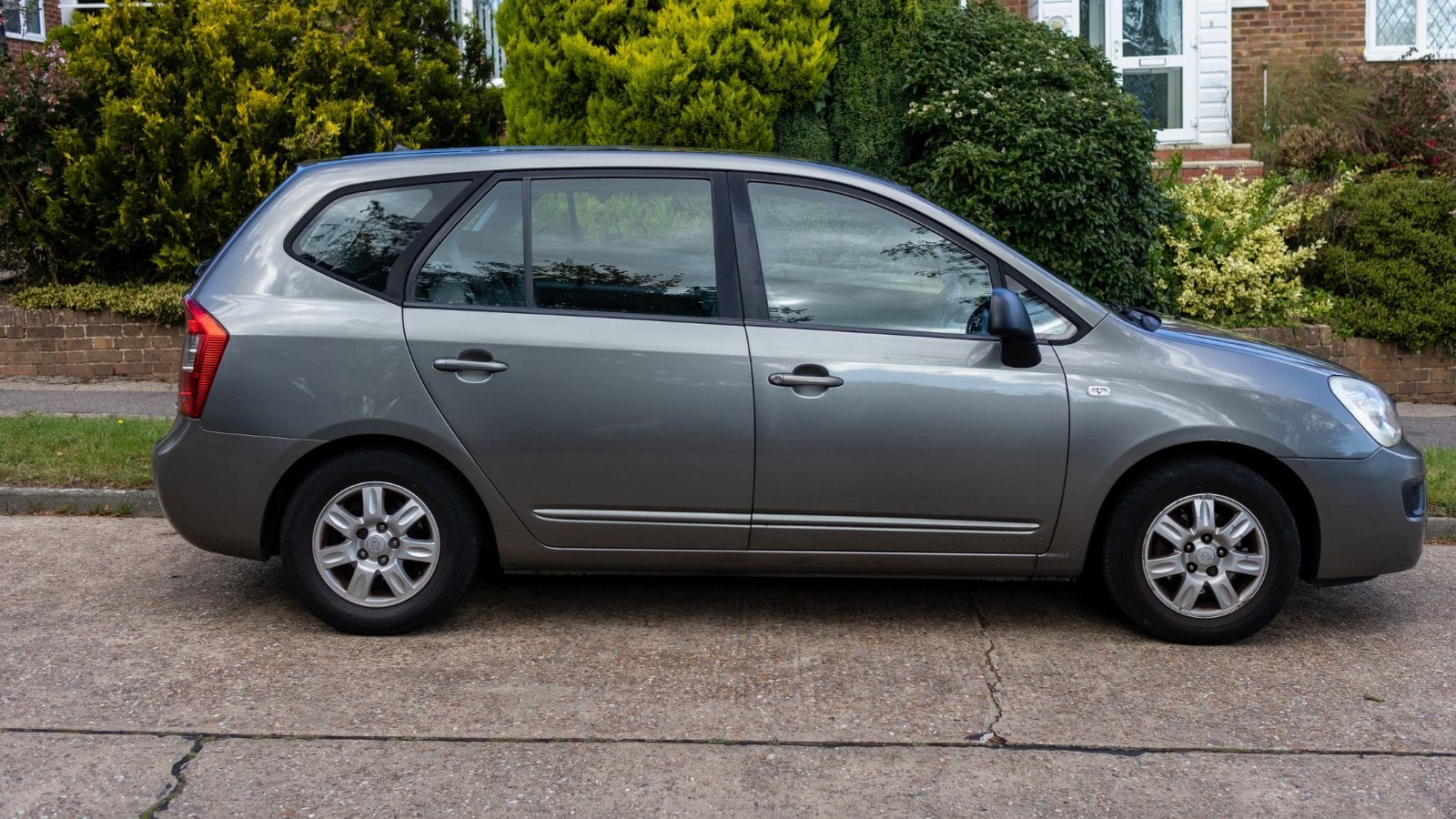
This mini MPV promised practicality and fuel economy. With a choice of four- or six-cylinder engines, decent safety scores, and Kia’s generous warranty, the Rondo looked like it would outlast the cockroaches. But reality hit faster than a Tim Hortons coffee spill. Rust issues, electrical gremlins, and a transmission that shifted like it had a hangover led to premature trips to the scrapyard. Sales tanked after 2012, and Kia quietly ghosted the model from its lineup. Today, Rondos are rarer than a Leafs playoff run, and mechanics politely chuckle when you ask about fixing one. It turns out “Forever Car” was more of a marketing fantasy than a mechanical reality.
Volkswagen Routan (2009–2014)
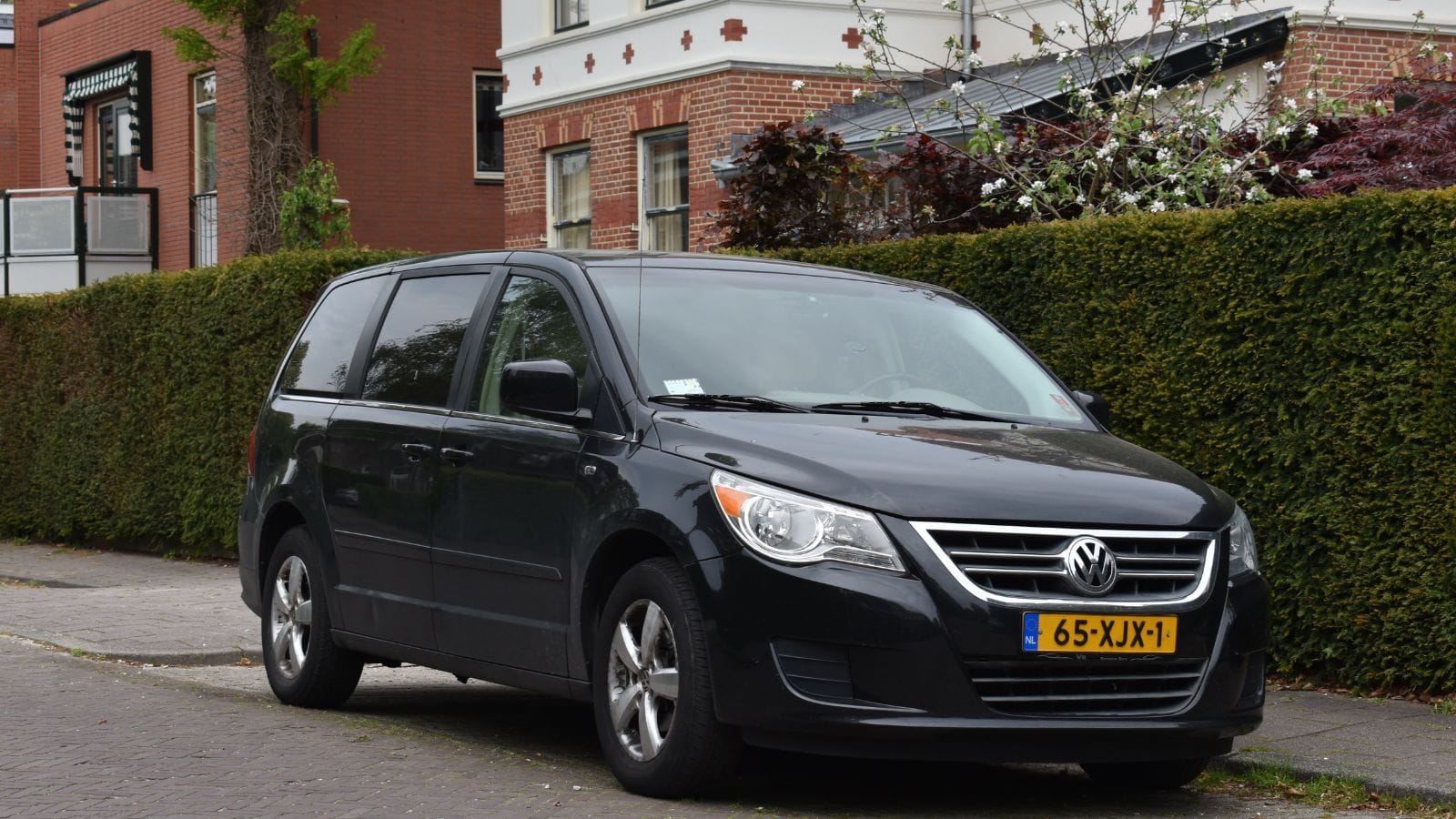
Built on the Chrysler Town & Country platform (yes, you read that correctly), the Routan was more a badge swap than an autobahn beast. VW promised premium refinement, but what buyers got was Chrysler’s electrical gremlins wrapped in a Wolfsburg logo. The power sliding doors often had a mind of their own, and transmission issues cropped up faster than potholes in a Toronto Spring. Despite lofty marketing, it lacked VW’s trademark handling and reliability. Canadians thought this “Euro-van” would be their forever family hauler, only to find parts hard to come by and resale value dropping faster than a loonie in 2015.
Mitsubishi Mirage (2014–Present)
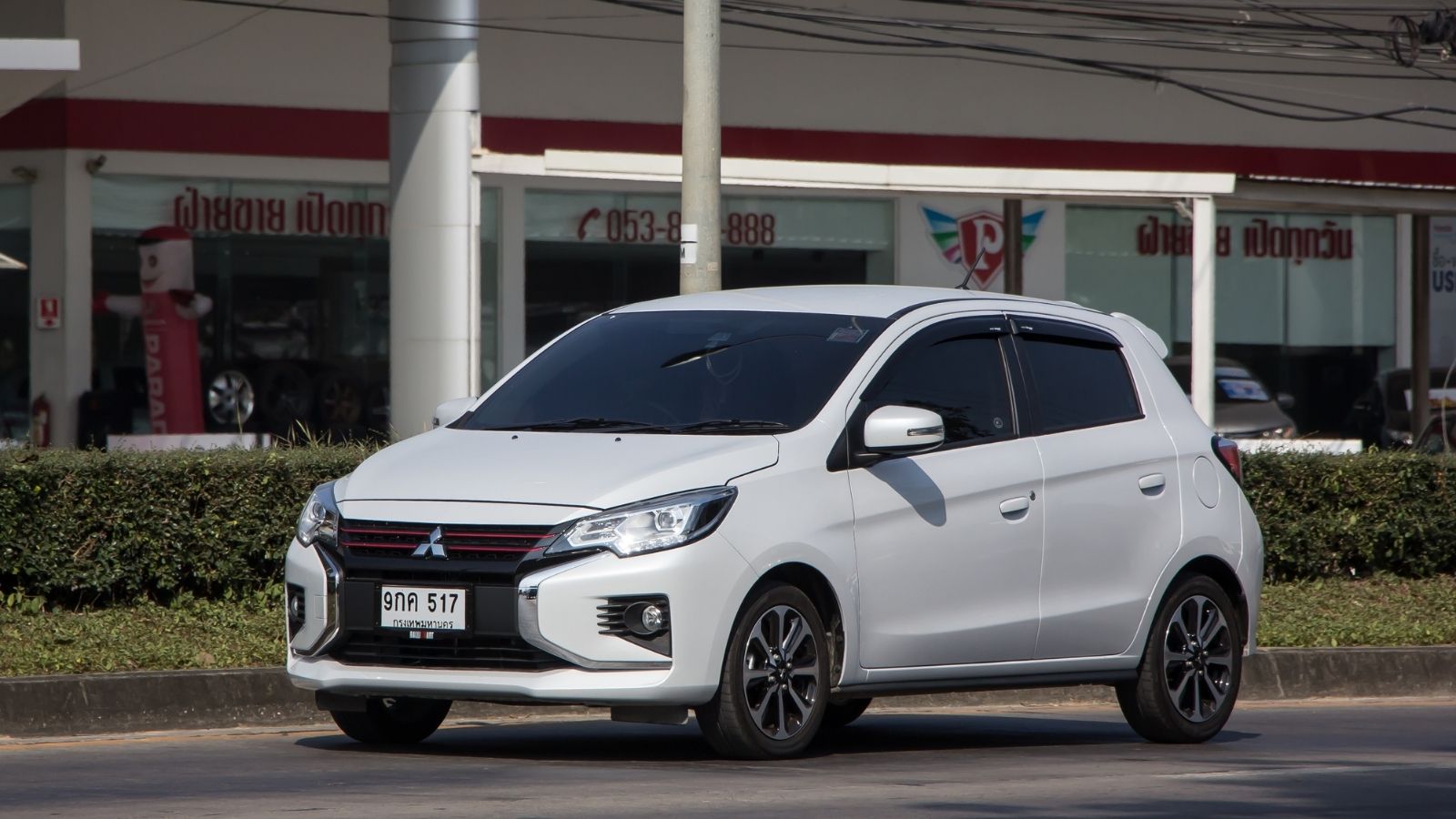
It’s still technically available, but many Mirages bought early in Canada didn’t last the long haul. Owners soon discovered that the Mirage was more “Mirage” than a miracle: noisy cabins, twitchy handling, and a CVT that whined louder than a toddler denied Timbits. The build quality? Let’s say the interior plastics could double as Tupperware. While Mitsubishi pitched it as a car that’d last forever, many Canadian buyers traded it in early—or watched it wheeze its way to 150,000 km like it had survived a war.
Chevrolet Orlando (2012–2014)
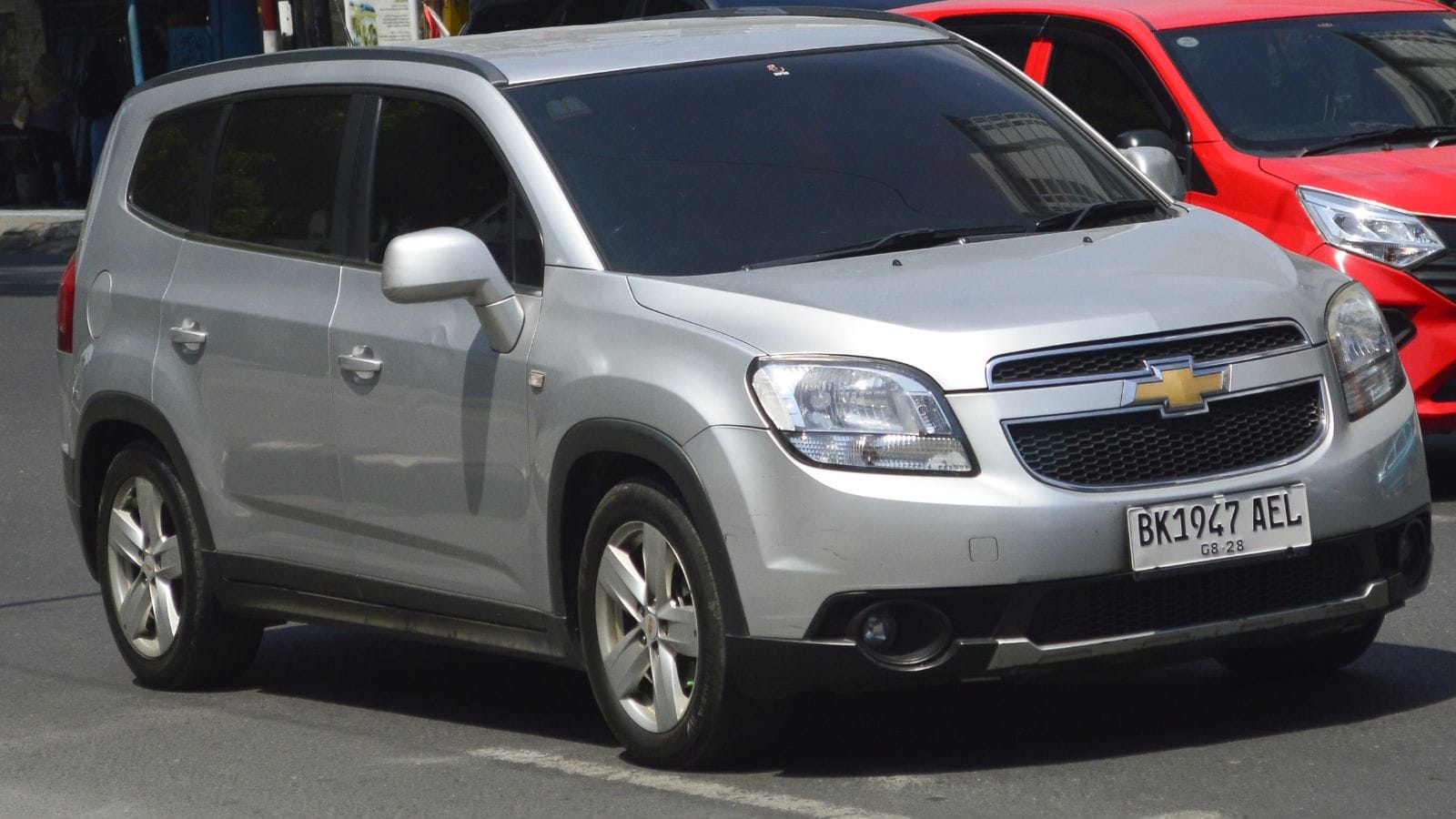
It’s a Canadian exclusive that should’ve stayed in the concept phase. Why? Its sales tanked, peaking at barely 7,000 units in 2012. Critics slammed its sluggish 2.4L engine, mushy handling, and cheap interior plastics. Plus, with no AWD and a thirst for fuel (combined 9.9 L/100 km), it confused buyers who wanted an authentic SUV or a genuine minivan, not a vehicular identity crisis. Parts support evaporated faster than dealership enthusiasm, leaving loyal owners clinging to a discontinued dream.
Dodge Caliber (2007–2012)
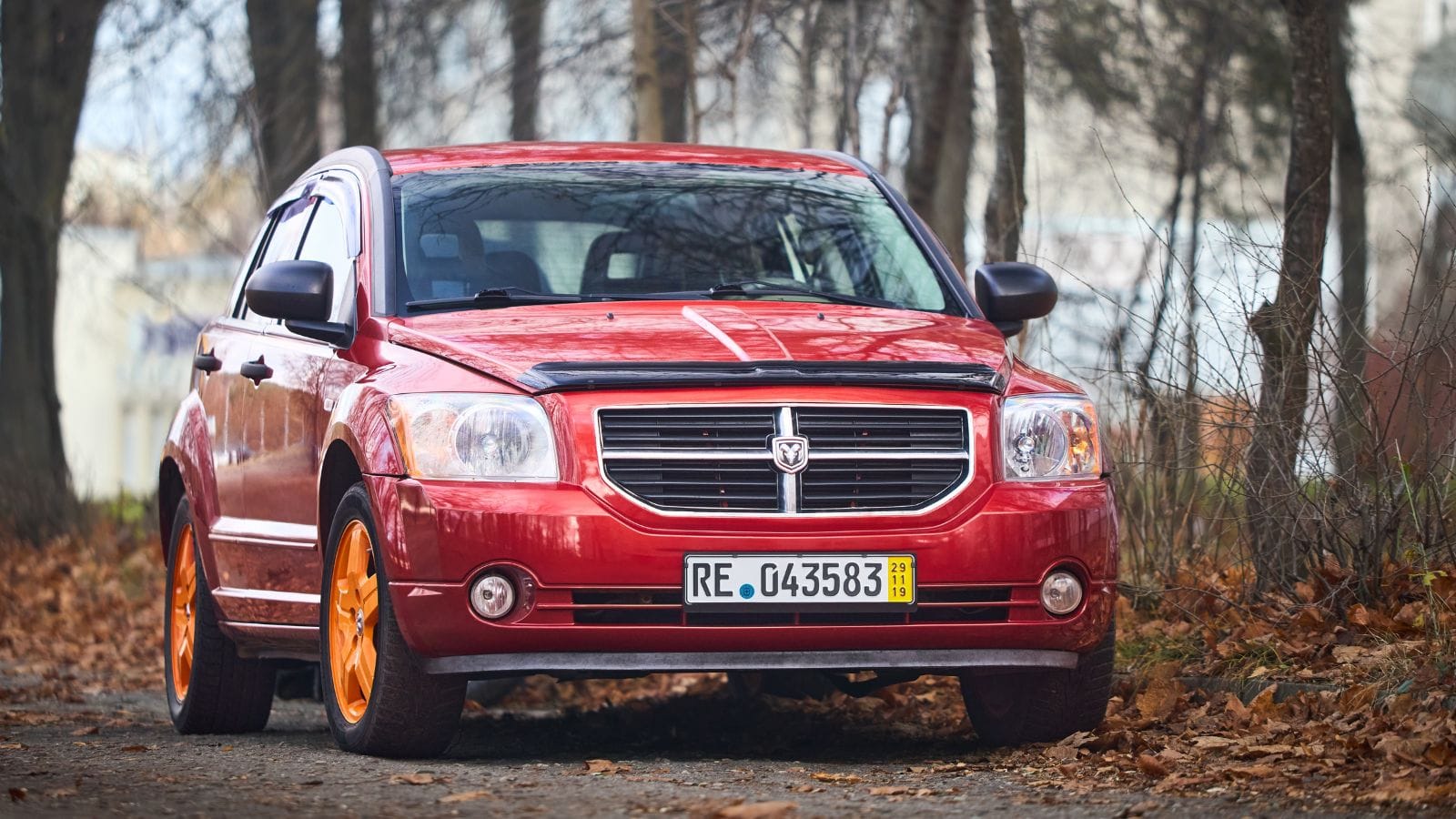
Bold, brash, and bizarrely designed, the Caliber seemed to promise versatility. Canadians loved its price tag and “mean mug” grille, but the love affair quickly ended when the CVT transmission started whining louder than a kid on a road trip. Interior plastics were so hard and cheap that they made Fisher-Price look like luxury. Reliability? Let’s say even Dodge gave up on the idea by 2012, axing it with little ceremony. Consumer Reports consistently gave it below-average ratings, and resale values plummeted.
Fiat 500L (2014–2020)
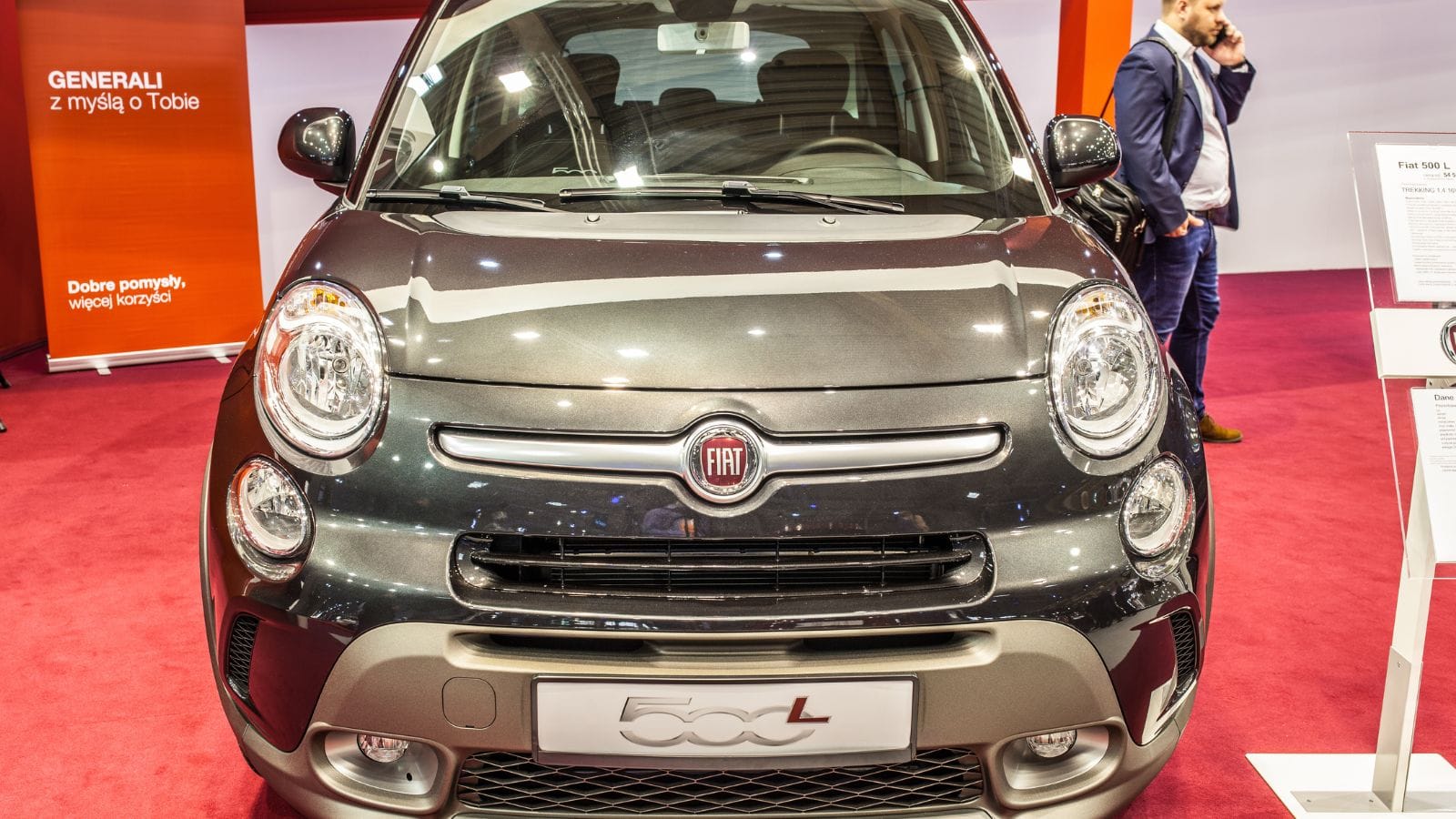
Ah, the Fiat 500L (2014–2020) — the car Canadians hoped would be a quirky, Euro-chic family wagon for the long haul. Instead, it bailed faster than a snowbird in January. With its bubbly looks and “L” for “large” (not “lasting”), the 500L promised space and style. What it delivered was a buffet of reliability issues, awkward handling, and transmission so jerky it felt like it had espresso jitters. Consumer Reports gave it some of the lowest scores in its class, while JD Power couldn’t find enough Canadians still owning one even to rate.
Aura ZDX (2010–2013)
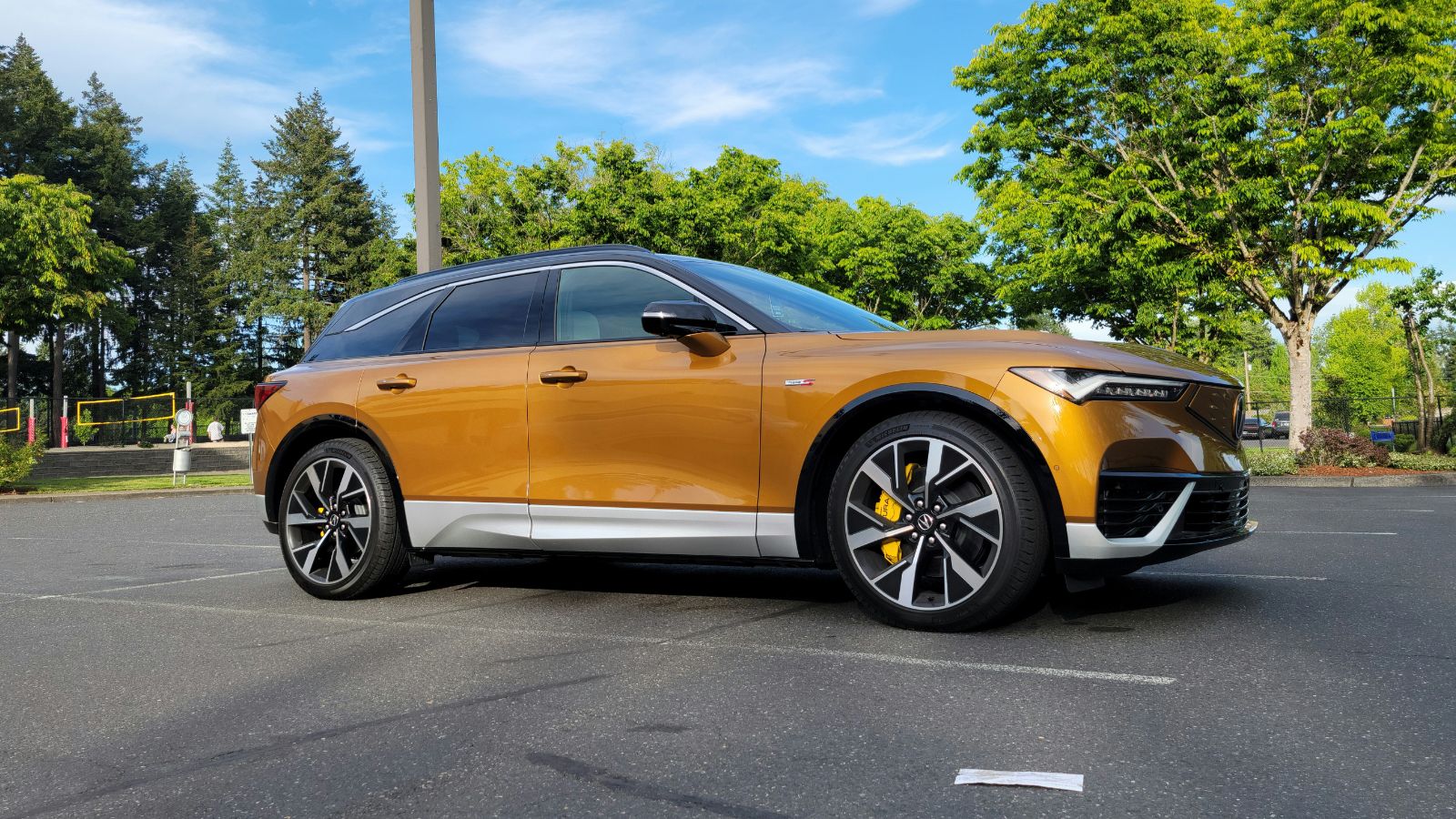
The ZDX was Acura’s attempt to be bold. Unfortunately, the ZDX ended up being more “concept art” than “long-term partner.” With a mere 7,191 units sold in North America (yes, total), it became Canada’s forgotten dream. It had a 3.7L V6 engine and SH-AWD system—fancy tech, sure—but weighed nearly 2 tons and guzzled premium fuel like a hockey player chugs Gatorade. Worse, its sloped rear roof made the back seats and trunk as worthwhile as a Timbit at a construction site.
25 Facts About Car Loans That Most Drivers Don’t Realize

Car loans are one of the most common ways people fund car purchases. Like any other kind of loan, car loans can have certain features that can be regarded as an advantage or a disadvantage to the borrower. Understanding all essential facts about car loans and how they work to ensure that you get the best deal for your financial situation is essential. Here are 25 shocking facts about car loans that most drivers don’t realize:
25 Facts About Car Loans That Most Drivers Don’t Realize
